The land that Google forgot - where SheepView is used instead of StreetView
Overlooked for StreetView, the Faroe Islands are turning to SheepView
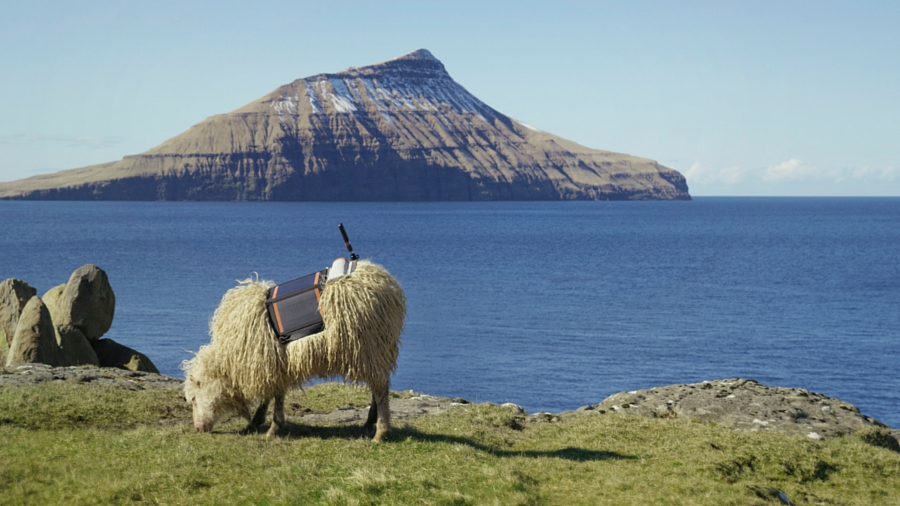
If you can't have StreetView, try SheepView. That's the attitude of people in the Faroe Islands, who have turned to their 80,000 sheep for technical support as Google continues to overlook them.
Bereft of coverage by the StreetView vans, who have not yet made it to these 18 volcanic islands in the North Atlantic between Shetland and Iceland, campaigners have started a unique sheep-based mapping system using a 360 degree camera and a solar panel.
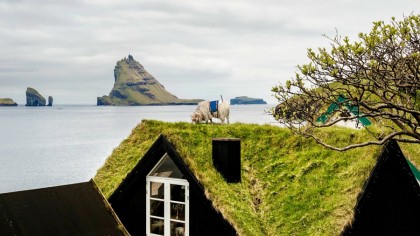
Wool they, won't they
Life is hard in the Danish-ruled Faroe Islands – called Føroyar by the locals – and that's mostly down to the 49,188 islanders' lack of access to 360 degree views of public spaces.
"The tiny capital of the Faroes, Tórshavn, is my home, and my colleagues and I want to share our beautiful, green and undiscovered land with friends and acquaintances around the world via Google StreetView," says Durita Dahl Andreassen, who surely has finest job title in the world - SheepView 360 Project Manager.
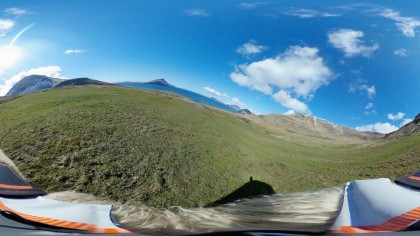
"As Google won't come to the Faroe Islands, we decided to bring the Faroes to the world in another way – Sheep View 360."
It's part of a petition to Google to get a move on with its StreetView project, using the hashtag #wewantgooglestreetview.
Sheep View 360
The tech is simple. Find a sheep, strap-on a Ricoh Theta S and an Anker 21W solar charger, then programme the camera to take a shot every minute.
Get daily insight, inspiration and deals in your inbox
Sign up for breaking news, reviews, opinion, top tech deals, and more.
"We've mounted a 360 degree camera, very gently, on the back of a sheep, plus a mobile phone and some lightweight solar panels to charge the batteries – it weighs less than a kilo in total," says Andreassen.
"The sheep walks around as normal, grazing freely while taking photographs of the rocky cliffs and open hillsides."
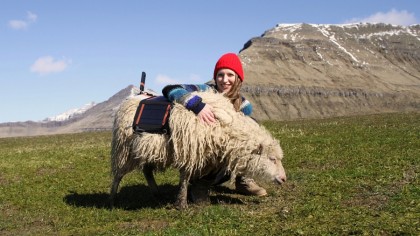
The pictures are then sent to Andreassen with GPS co-ordinates, who uploads them to Google StreetView.
"We hope that, by telling the story of the Faroe Islands through these images and via our site, we'll showcase the stunning landscapes to an international audience thus far denied access to image-based mapping of the islands," she adds.
It's also worth checking out 360Cities, which has a decent, if small, selection of 360 degree images of the Faroe Islands.
Covering remote areas
There are actually very good reasons why sheep could be the ideal – and perhaps the only – way to get wraparound images of much of the Faroe Islands.
In fact, Føroyar is known to hikers as one of the last undiscovered areas of Europe, so it's hardly a surprise that Google hasn't yet visited. Many of the upland areas of the island are virtually inaccessible to humans, let alone the Google car, but that's a huge shame.
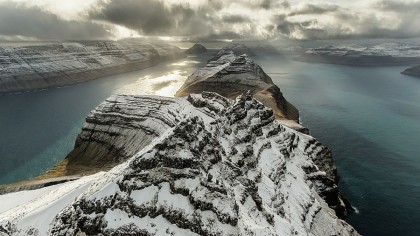
StreetView has managed off-road favourites like the Grand Canyon, USA, Mont Blanc, France and Angkor Wat, Cambodia on its Google Maps Treks grid, which even includes a 360 degree treatment of a model railway.
But the dozen-or-so off-road areas it covers globally are the exception that proves the rule; it's called StreetView for a reason.
Privacy concerns
There is, of course, a serious side to all of this. Why is StreetView not available everywhere, and is that fair? Begun way back in 2007, Google has been driving cars mounted with dodecahedral camera arrays around our towns, cities and countryside ever since. It's become part of Google Earth and Google Maps, and is increasingly important for navigating, and sharing.
The way it works is fascinating. Its vans have been driven around so much that it's even possible to see historical StreetView images in many destinations, but it's urban-centric. Not everyone has StreetView. Like the Faroe Islands, the island of Guernsey in the English Channel has a few select 360 degrees panoramas available on Google Maps, but not full-blown StreetView.
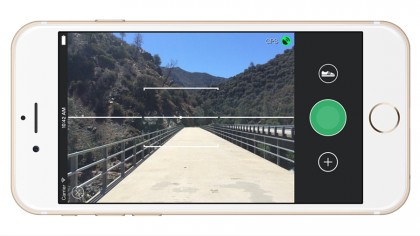
In fact, there are some whopping gaps in StreetView; Germany and India, both of whose governments have privacy concerns, have effectively banned StreetView vans, though any individual can ask Google for a 'blur' on their home pretty easily. Ironically, Google also recently uploaded an image of its own van breaking a speed limit. Probably should have used a blur there.
Wool with wearables
It's becoming easier to 'StreetView' everything, with plenty of 360 panoramic cameras now on sale, such as that used by the sheep of the Faroe Islands.
However, even sheep could become part of a new attempt to develop a real-time StreetView-style map for hard-to-reach areas – places exactly like the remote roads and hiking trails of the Faroe Islands.
Mapillary, a company backed by the World Bank, offers an app that collates all photo sequences taken and uploaded of roads and streets, but also of beaches, hiking and biking trails, and historical monuments positioned away from roads – and, therefore, from the Google StreetView van.
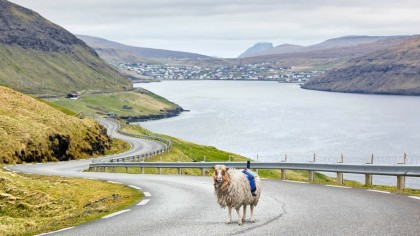
Once uploaded, algorithms combine the images with others to create almost real-time 3D visualisations of hard-to-reach places. You don't have to wait for Google to gets its hiking boots on.
The Faroe Islands might not be the first place to get animals involved in DIY StreetView – that honour goes to Cat Street View in Onomichi, Japan – but at the heart of its wool-with-wearables demo is an argument about basic digital fairness in a world increasingly dominated by internet technology.
However, if the spread of 360 degree cameras and platforms teaches us anything, it's to stop being a sheep; with the hardware in our pockets now capable of extraordinary images, who needs Google?
All images in this piece are courtesy of © visitfaroeislands.com
Jamie is a freelance tech, travel and space journalist based in the UK. He’s been writing regularly for Techradar since it was launched in 2008 and also writes regularly for Forbes, The Telegraph, the South China Morning Post, Sky & Telescope and the Sky At Night magazine as well as other Future titles T3, Digital Camera World, All About Space and Space.com. He also edits two of his own websites, TravGear.com and WhenIsTheNextEclipse.com that reflect his obsession with travel gear and solar eclipse travel. He is the author of A Stargazing Program For Beginners (Springer, 2015),
